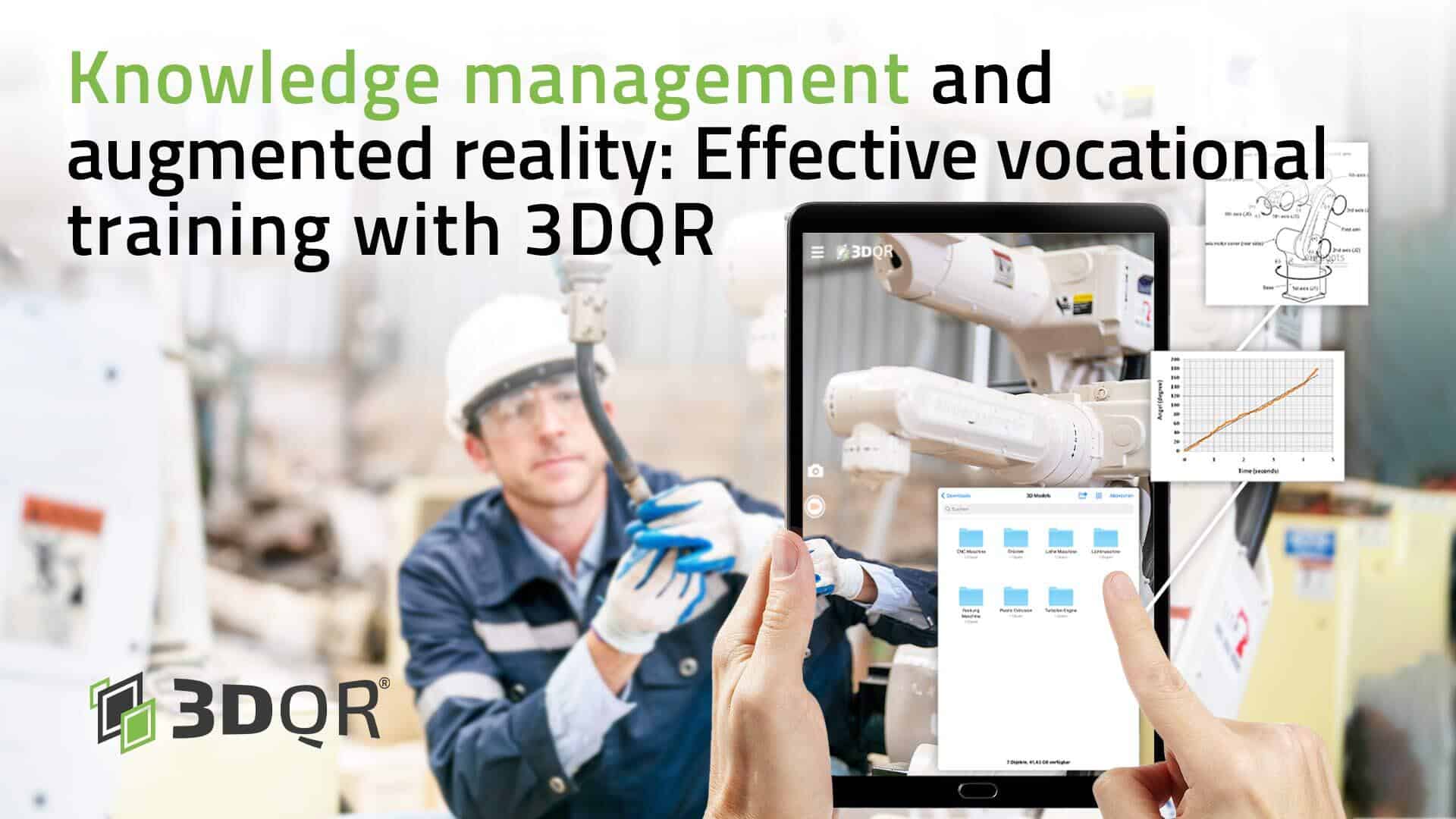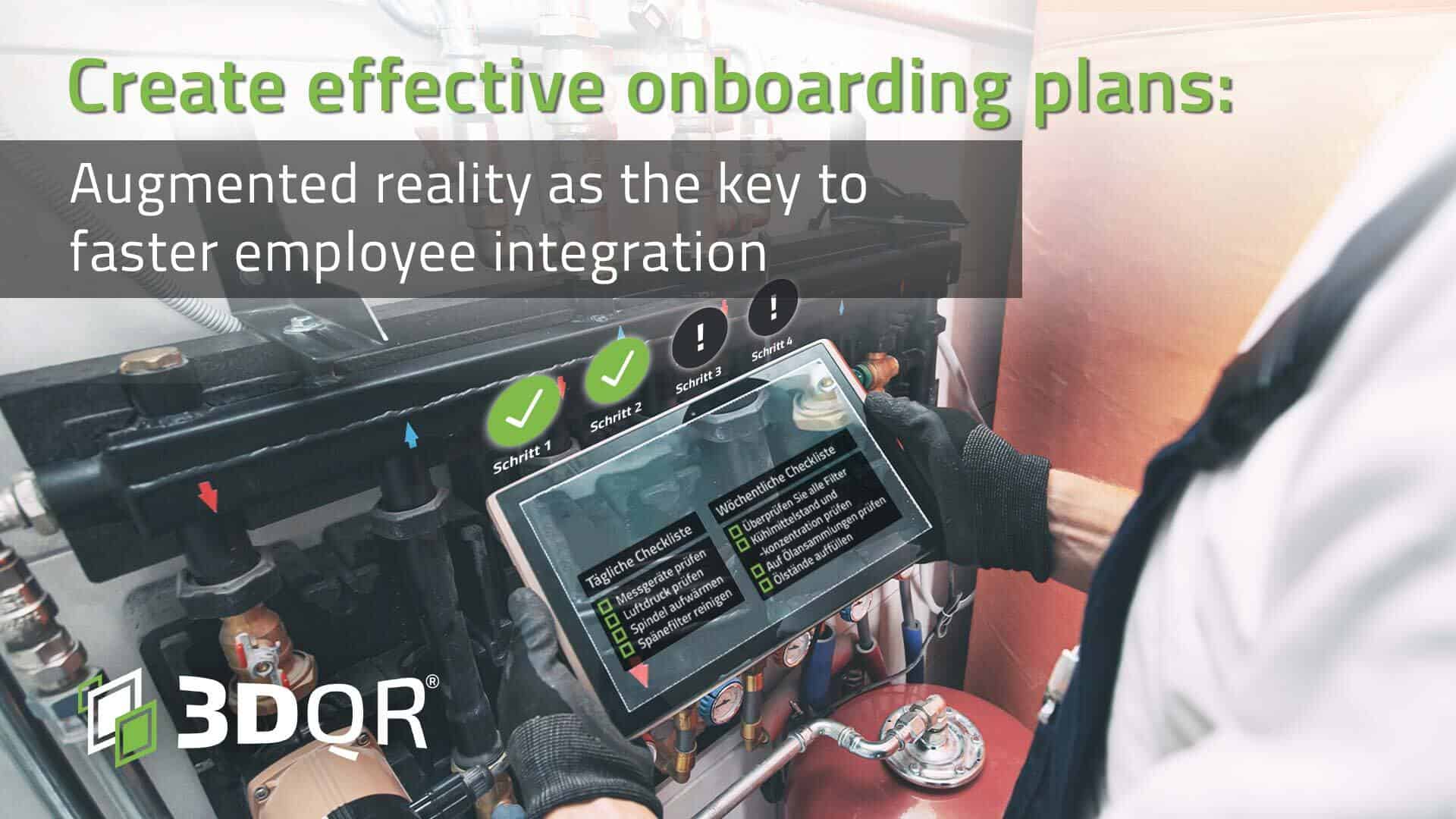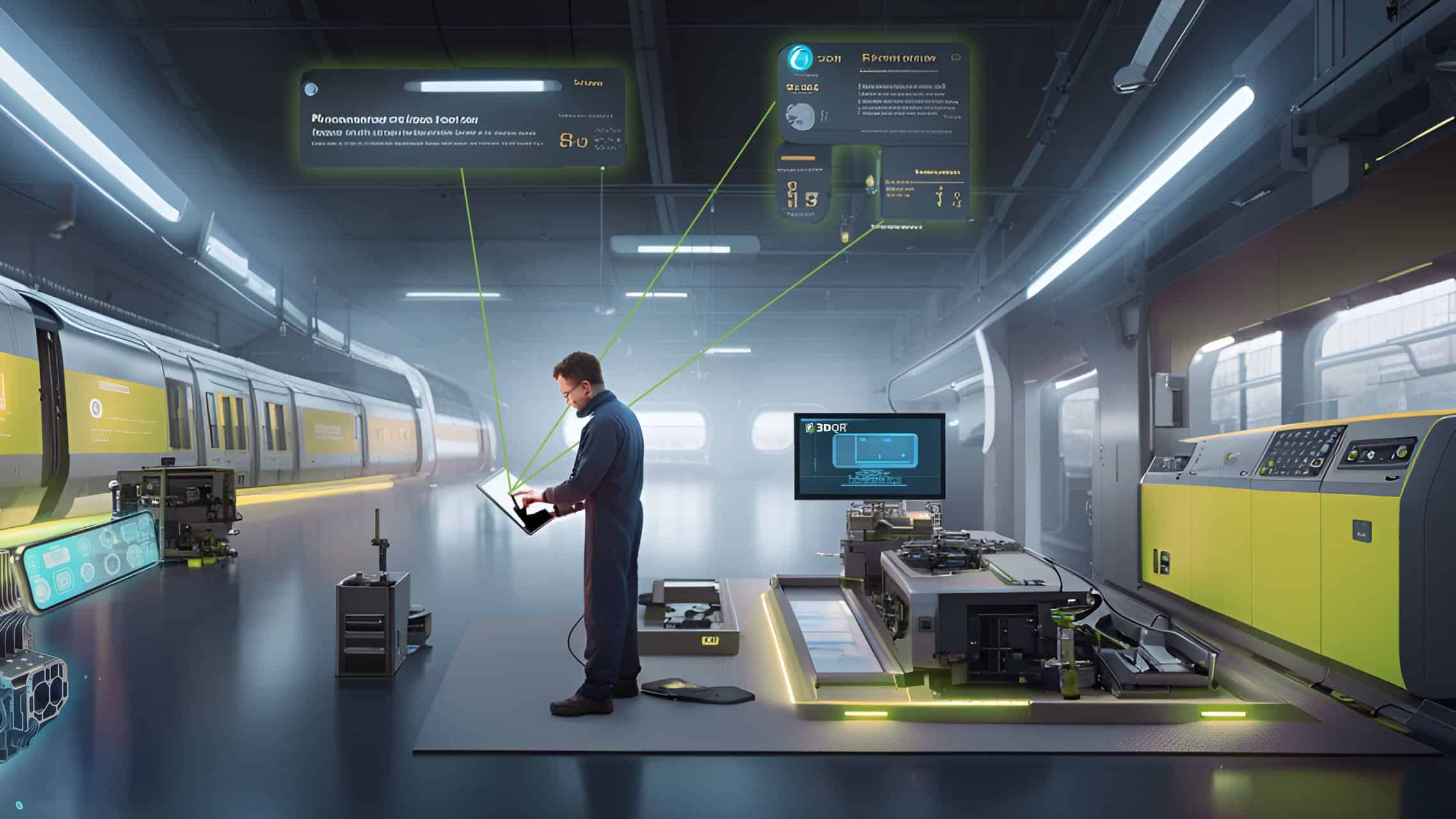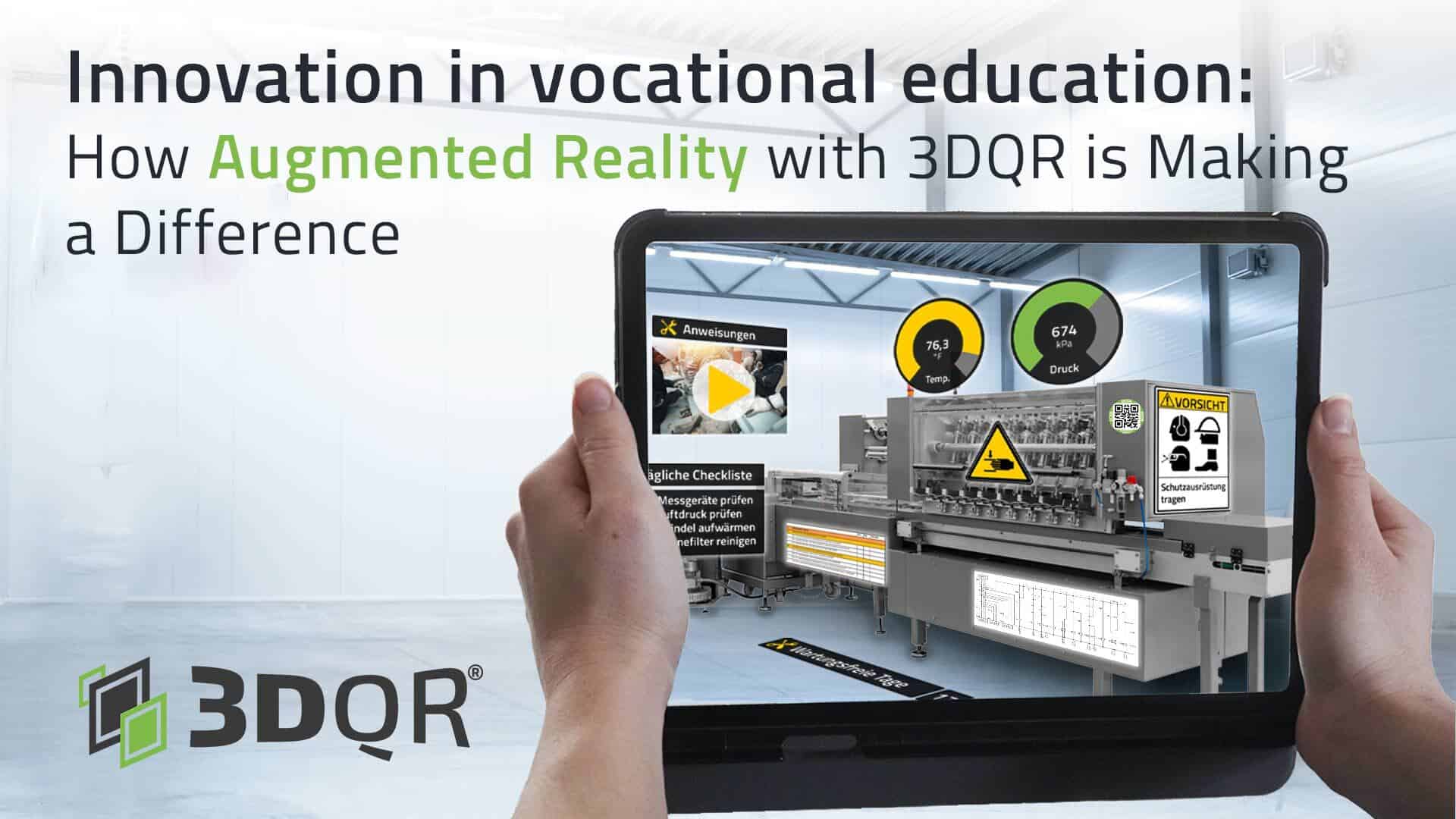Inhaltsverzeichnis
The world of work is undergoing a profound transformation. New technologies and automation are reshaping the job market, demanding constant development from us all. The World Economic Forum’s Future of Jobs Report 2020 predicted that by 2025, half of all workers worldwide will need to be reskilled (Schwab & Zahidi, 2020). This estimate doesn’t even consider individuals currently not employed.
But what does this actually mean? And why is it so crucial? In this article, we’ll answer these questions and delve deep into the topics of reskilling and upskilling. We’ll discuss the role of Augmented Reality in this context and how it can assist in preparing for the future of work.
Reskilling and Upskilling: An Overview
Reskilling refers to learning new skills to perform a different type of task or job. Upskilling, on the other hand, involves enhancing skills in an existing profession. Both are crucial in today’s work environment.
The modern work environment is characterized by unprecedented technological changes and innovations. Whether it’s AI, Big Data, the Internet of Things, or AR – these disruptive technologies have fundamentally changed the way we work and learn.
Why Reskilling and Upskilling are Crucial
In this dynamic environment, the ability to adapt quickly and acquire new skills is no longer just desirable but absolutely necessary. The terms reskilling and upskilling are central in this context. Reskilling refers to the process of learning completely new skills to perform a different type of task or role, while upskilling refers to adding skills to an existing profession to keep up with changing demands.
There are three main reasons why this is so important in the modern world of work:
- Rapid technological change: Technologies are evolving at a breathtaking pace. To keep up with these changes, workers need to continuously update their qualifications and acquire new skills.
- Skills shortage: Rapid technological change has led to a shortage of skilled workers in many areas. Reskilling and upskilling can help close this gap by providing workers with the skills they need to work in new or changing professions.
- Career development and employability: In a constantly changing work environment, workers can improve their career opportunities and secure their employability by continuously acquiring new competencies.
Reskilling and Upskilling with AR
Augmented Reality (AR) plays a key role in the context of Industry 4.0 and has proven to be a particularly effective tool for reskilling and upskilling. Unlike previous industrial revolutions that viewed humans as cogs in the system and reduced the cognitive aspect of work, Industry 4.0 focuses on the human as a knowledge worker, heavily relying on cognitive skills and specialized craftsmanship.
AR is a technology that integrates digital information, such as images, sounds, or texts, into the real world. This can be done via various devices, such as smartphones, tablets, or special AR glasses. Its application possibilities are diverse and allow people to interact with increasingly complex technology.
Benefits of AR for Reskilling and Upskilling
The benefits of AR for reskilling and upskilling are numerous:
- Interactive learning: AR allows for an interactive and immersive learning environment. By adding digital information to the real world, learners can understand complex concepts and tasks in a vivid and practical way.
- On-demand learning: AR allows learners to access learning content at any time and place. This supports continuous learning and enables learners to expand or update their skills as needed.
- Simulation of real situations: AR can be used to simulate real work conditions. This is especially useful for practical training and allows learners to learn and practice practical skills in a safe environment.
The Future Operator 4.0
Within the context of Industry 4.0, AR allows the emergence of what’s known as the Operator 4.0. This refers to a highly skilled worker, proficient in using advanced technological tools, who is adept at managing and operating increasingly complex systems. The Operator 4.0 is equipped with knowledge and skills that go far beyond traditional work routines. With AR, individuals can gain these skills in a more efficient, practical, and engaging way.
Case Studies: Augmented Reality in Action
Several forward-thinking companies have already started implementing AR for reskilling and upskilling. For instance, companies in the manufacturing sector use AR to train workers on the assembly line. This approach offers a much more efficient training process compared to traditional methods, as workers can learn on the job without the risk of making costly mistakes.
Similarly, in the healthcare sector, AR is used to simulate surgeries for training purposes, allowing healthcare professionals to practice procedures in a controlled environment before performing them on actual patients. This not only improves their skill set but also enhances patient safety and treatment outcomes.
In the field of education, AR offers students the opportunity to interact with virtual models, making learning more engaging and fun. This has proved particularly beneficial in complex subjects like physics, chemistry, and biology, where theoretical concepts can be hard to grasp.
Conclusion
The future of work is changing rapidly, with new technologies continuously reshaping how we work and learn. Reskilling and upskilling have become more than just buzzwords; they are now prerequisites for success in the modern workplace. The advent of AR offers a unique and powerful tool to help individuals and organizations navigate this transition. Through interactive, immersive, and on-demand learning, AR is revolutionizing the way we acquire new skills, making us ready for the future of work.
The integration of AR into our learning and working environments is just the beginning. As the technology matures and becomes more prevalent, its role in reskilling and upskilling will become even more significant. Whether you’re an individual looking to enhance your skills or an organization aiming to stay competitive, embracing AR can be a strategic move towards a successful future.
In a world where change is the only constant, AR provides a practical, efficient, and engaging way to continuously learn, grow, and adapt. By embracing this technology, we can not only keep pace with the rapidly evolving job market but also thrive in it.







